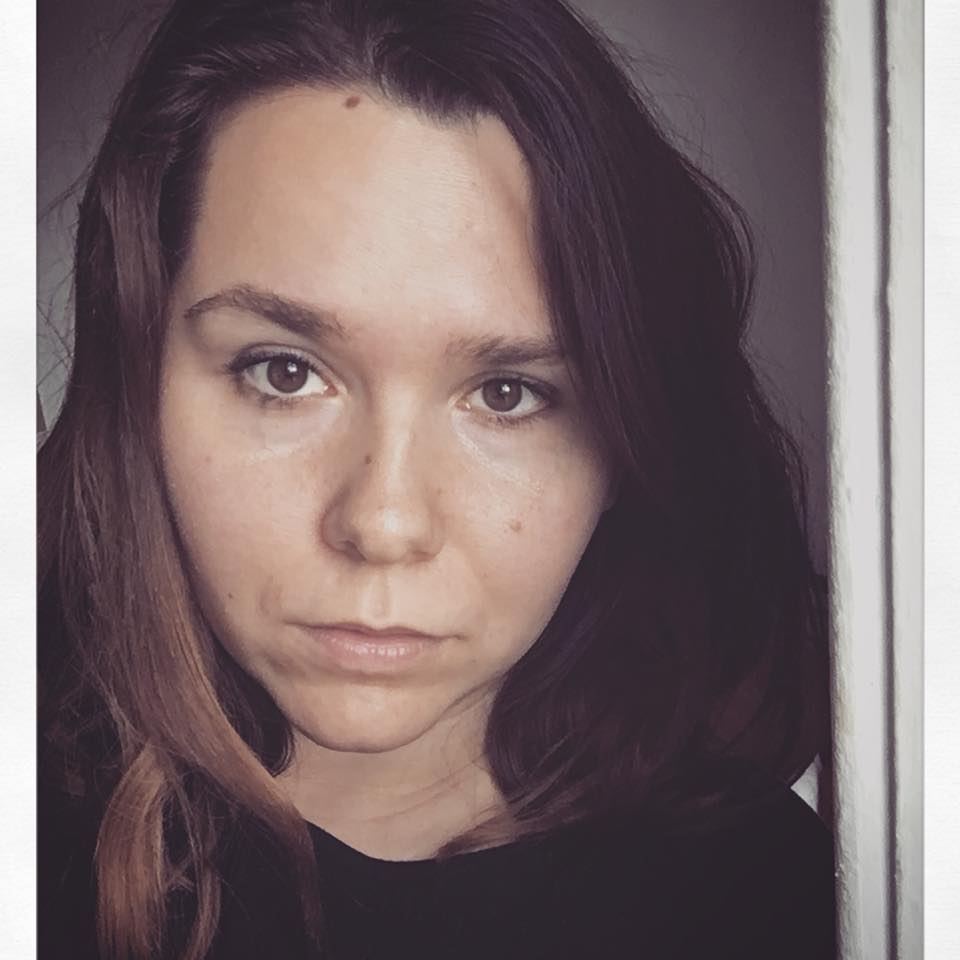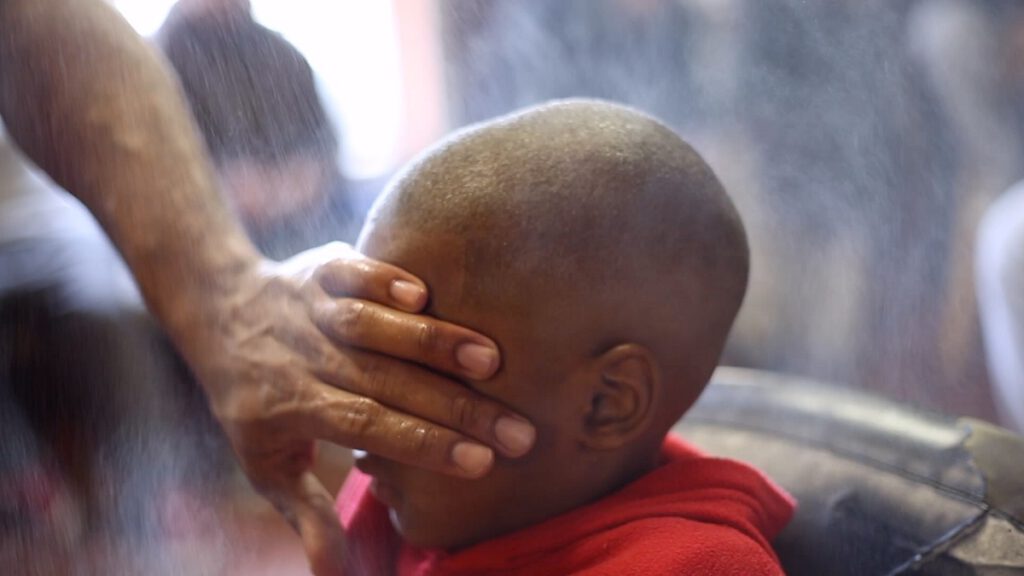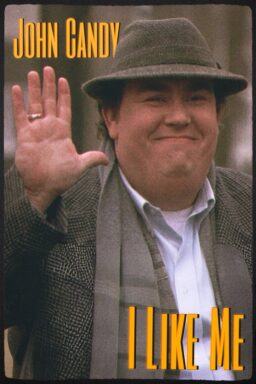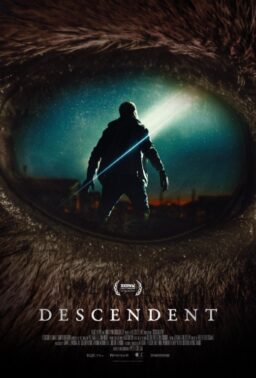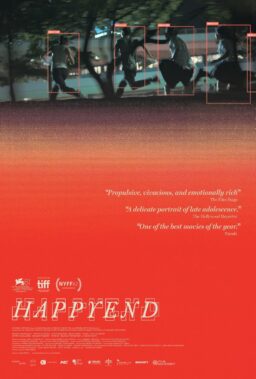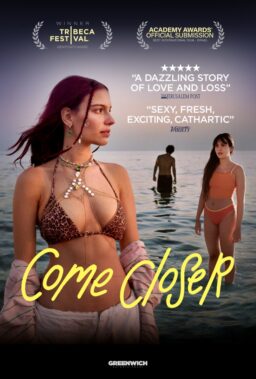“Hale County This Morning, This Evening” by RaMell Ross is one of 2018’s great surprises. It’s a debut documentary feature that blurs the line between intimate essay filmmaking and an observational style. RaMell Ross made the film over five years as a chronicler but also an active participant in the community. He lived and worked in Hale County and throughout the film his voice drifts onto images and into lives.
The film takes us into the heart of a small Alabama town where Ross was living. It is a lyrical take on representation of African-American identity and it exists in conversation with a cultural context and a greater cinematic legacy that denies black Americans ownership over their own voices. The intimate filmic style is driven by associative editing, where shots are connected through movement, sound and metaphor. Like a stream of consciousness, the film is driven by Ross’s own empathic thought process.
At the RIDM documentary film festival in Montreal, where the film won the Grand Prize for Best International Feature, RaMell Ross spoke with RogerEbert.com about his thought process and editing style and representation in the American cinema.
There is such a strong relationship between the body and the camera’s eyeline in the film, especially in the way you film children. I was hoping you can explain how you’re creating these images.
It’s a very intuitive process and I try to use the camera as an extension of consciousness. I use observational logic, you look and adjust based on what’s being transferred or what’s being created through the lens. It’s this weird negotiation of space and its relationship to whatever’s in front of it. You’re trying to get to a position where there’s something fresh or something true.

The people in the film are largely your friends and colleagues. How do you negotiate between intimacy and distance as the director?
Early on, when I first started to make the film, I realized that there’s a different film when someone is entering into someone’s life to capture what they’re doing and there’s another film in which a person is filming where they would already be and where they’re participating simultaneously in the lives of those that they’re filming.
You end up coming from different positions, it’s a sort of snap and grab style that allows you to participate in the scene more authentically. With more leeway, you inherently have more trust and more time to get up close and then also be far away. Being able to go back and forth leads to more flexibility.
You shot 1,300 hours of footage. How do you approach going through that?
I was editing the entire time. When you quote-unquote shoot someone, I hate that term … when you film someone, you’re constantly searching for meaning or representational moments, right? These moments are in dialogue with moments you’ve seen before in films, specifically with people of color; certain types of humanizing touches or gazes. You’re always confirming your own relationship to meaning.
I knew every single moment that’s in the film, I already had that on the timeline over the course of five years. When you’re out there filming all the time, all of a sudden you’re in the car and you are going to get some fast food. And then out of nowhere, Bootsy pulls out her phone. Her son passed away and there’s an image of him on the phone crying, covering the face of his twin. There are powerful and unimaginable moments that happen. You just put on the timeline because it has that guaranteed beauty or that guaranteed connection.

That moment in particular really hit me. It is a casual expression of grief that we rarely see on film. In its ordinariness, it was so heart-wrenching.
It’s not realistic in terms of the industry to wait for those moments. So, if we reverse think, we understand why the reduction of representation is so natural because of the relationship between industry and time. These moments are everywhere but who the hell can sit there and get them? Film peddles in one blip in the sea of emotional relationships when it’s literally the content of the whole ocean.
You come from a photography background, so what was it like adjusting to the editing process for cinema?
It came naturally because the editing process of sequencing images in photography is very similar. Films typically peddle in meaning with big things and make connections between events. They don’t peddle in images in the same way which in photography does, where the image is the incident. The incident and the entire realm of meaning has to be conjured in one image, that’s how you do it in photography. I find it fascinating that in five-second or ten-second images, you then put them beside each other in ways you would a still image, but you have to be really conscious of the symbiotic relationship of what is happening and to use juxtaposition. The editing ideal was to put everything in every image and then build out with relational movement. You put it in the context of a linear timeline of life and then, perhaps, something else is there.
You use landscapes and time lapse to create breaks or transitions in time and space. Was this always a part of the film?
If you’re going and you’re not shooting for a specific purpose, aside from participating in life in general, then you’re allowed to film anything and there’s no wasted time. I realized that I was fundamentally fascinated with the leaves blowing or watching the light change, these things that that can really only be appreciated through the photographic and filmic mediums. Once you take notice of what you’re interested in, it allows you to pursue it. It was more intention and then sort of add that to the unconscious toolkit. It also turns it into a different reality which, to me, is the most under-discussed element of filmmaking. It’s not actually real. Photography is a relative illusion and film is a literal illusion of speeding multiple images. It’s something outside of our perception but is so relatable that it’s more real.
In one scene in the film, you feature inserts from the silent film “Lime Kiln Club Field Day” with Bert Williams. Could you explain why you chose to include this in the edit?
The film is trying to increase or participate in the complexity of the problem with representation and the problem of filming and making meaning. It’s about compounding meaning strategically. “Lime Kiln Club Field Day” would have come out around the same time as “The Birth of a Nation.” It was a strangely positive film and with “Hale County This Morning, This Evening,” I was conscious of that representation. To me, it was a fundamental reminder of the sort of representation of black men and how we’re forced to look at it. Hopefully, to try and look deeper, we can see through to what’s really underneath. What’s amazing is that you can work on so many levels.
That one clip was incredibly special when I watched it was because he is literally walking out of the woods and looking. Then when you put it in the film, and he is looking at the car. Then the conversation happened and he walked out into the light. There’s so much meaning. It’s like, it’s absurd. Almost like, like legible meaning, not speculative.
